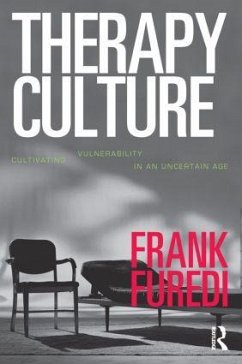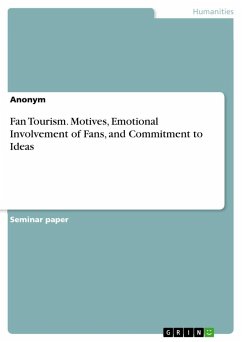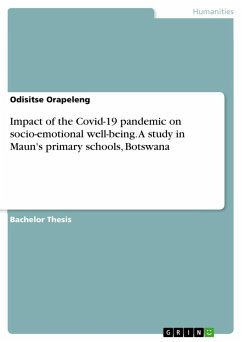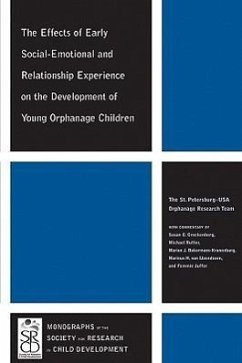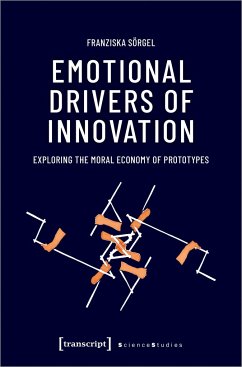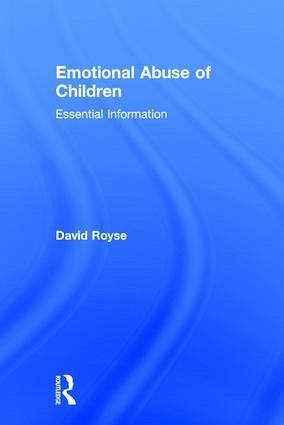
Emotional Abuse of Children
Essential Information
Versandkostenfrei!
Versandfertig in 1-2 Wochen
148,99 €
inkl. MwSt.
Weitere Ausgaben:

PAYBACK Punkte
74 °P sammeln!
Children and Emotional Abuse is a research-informed learning resource for students in social work about the dynamics and consequences of psychological abuse-especially as it occurs in dysfunctional families and affects children and adolescents. Emotional abuse is still not widely understood or recognized. Helping professionals need to recognize emotional abuse, understand the damage it does, the theories that account for it, and be prepared to help children and families where the abuse often occurs along with physical and sexual abuse.




